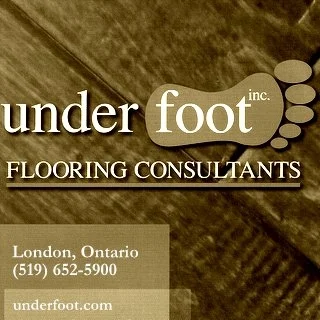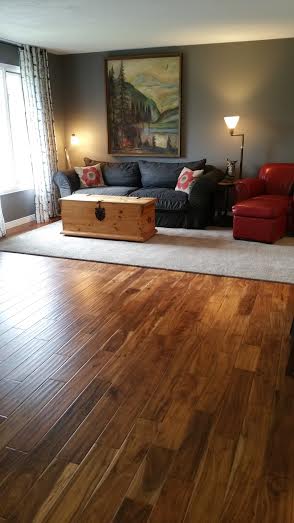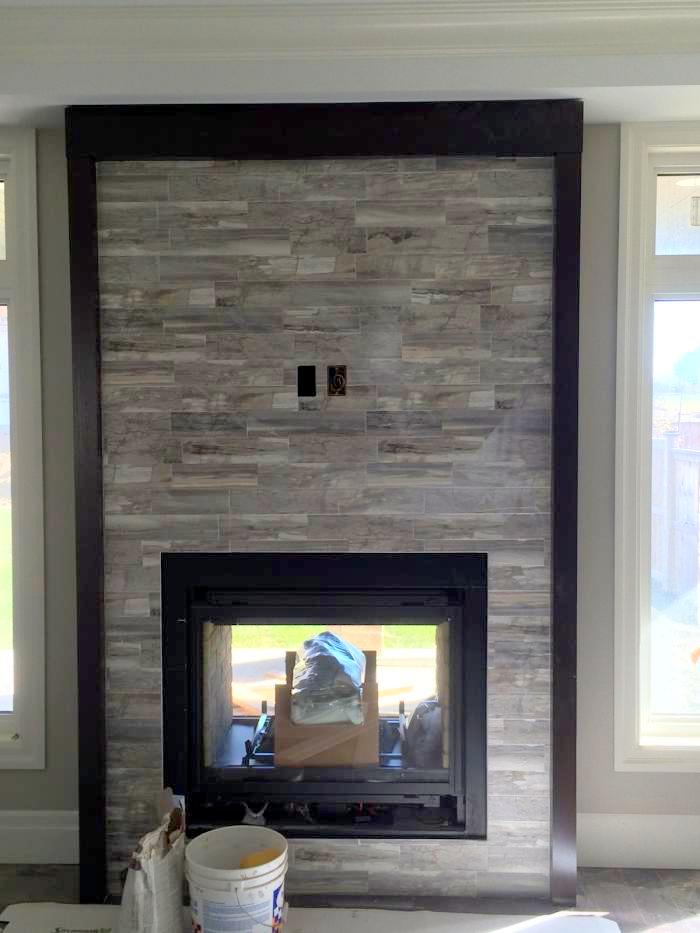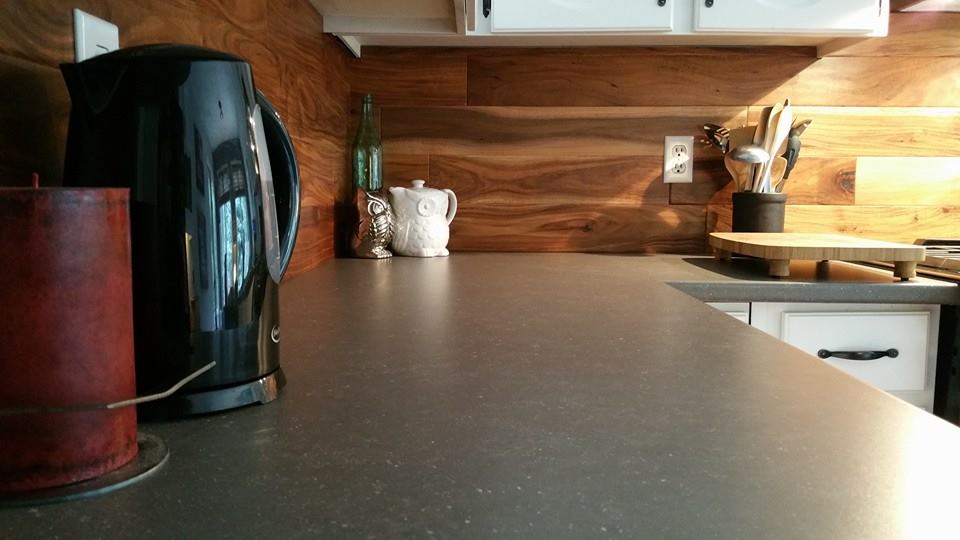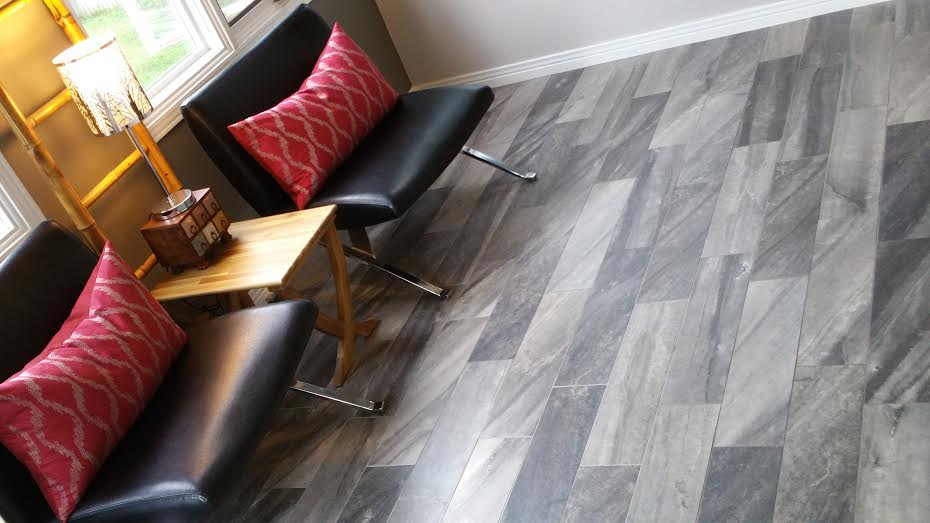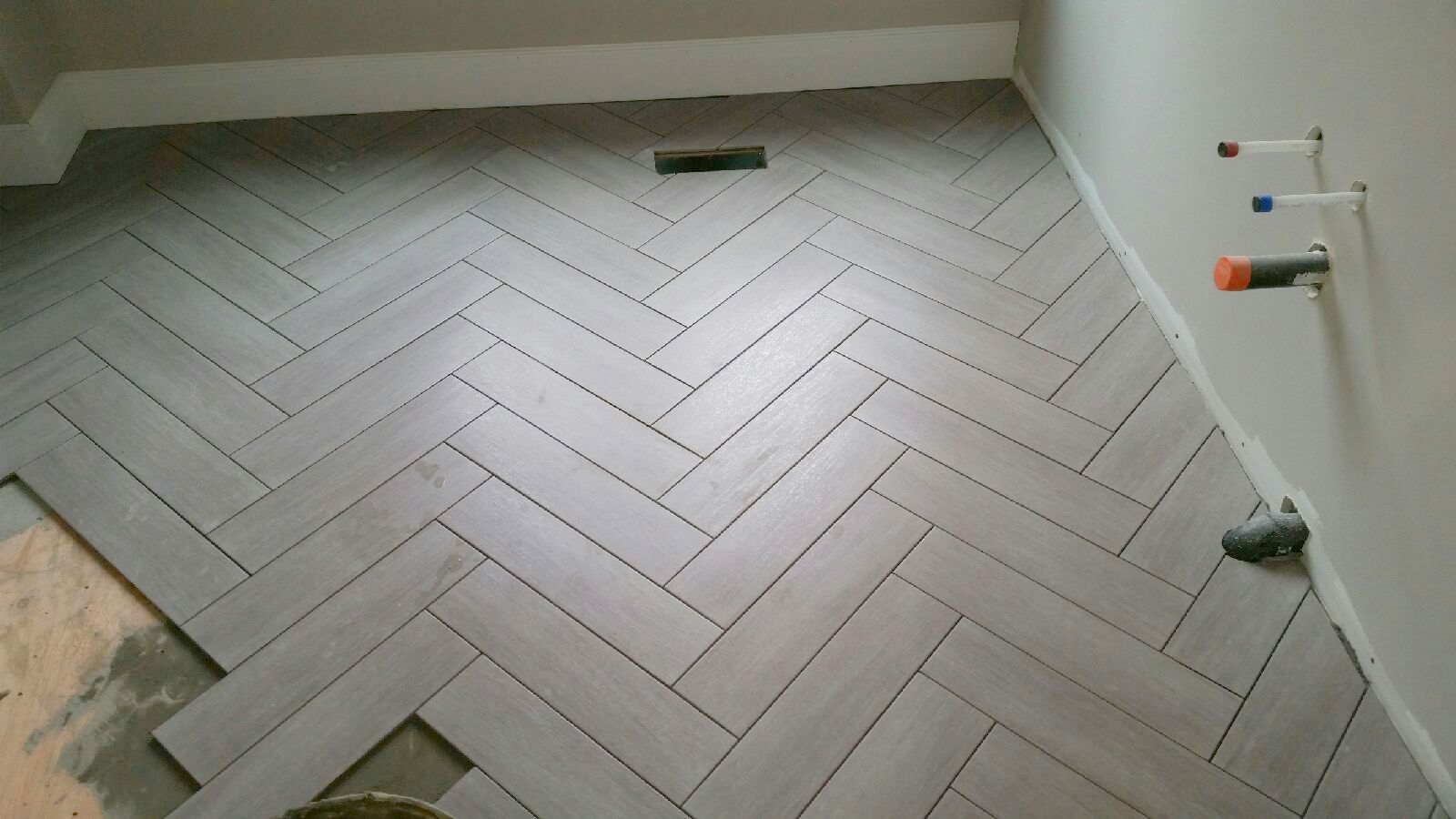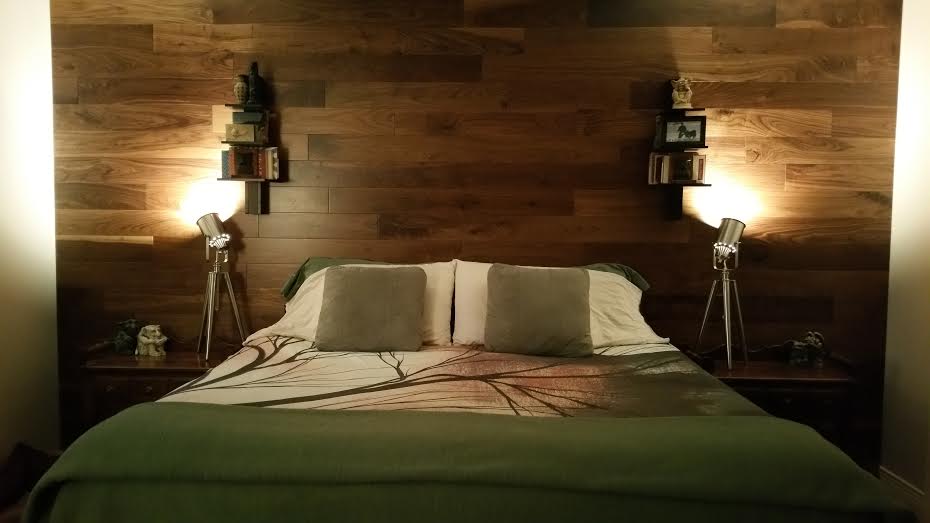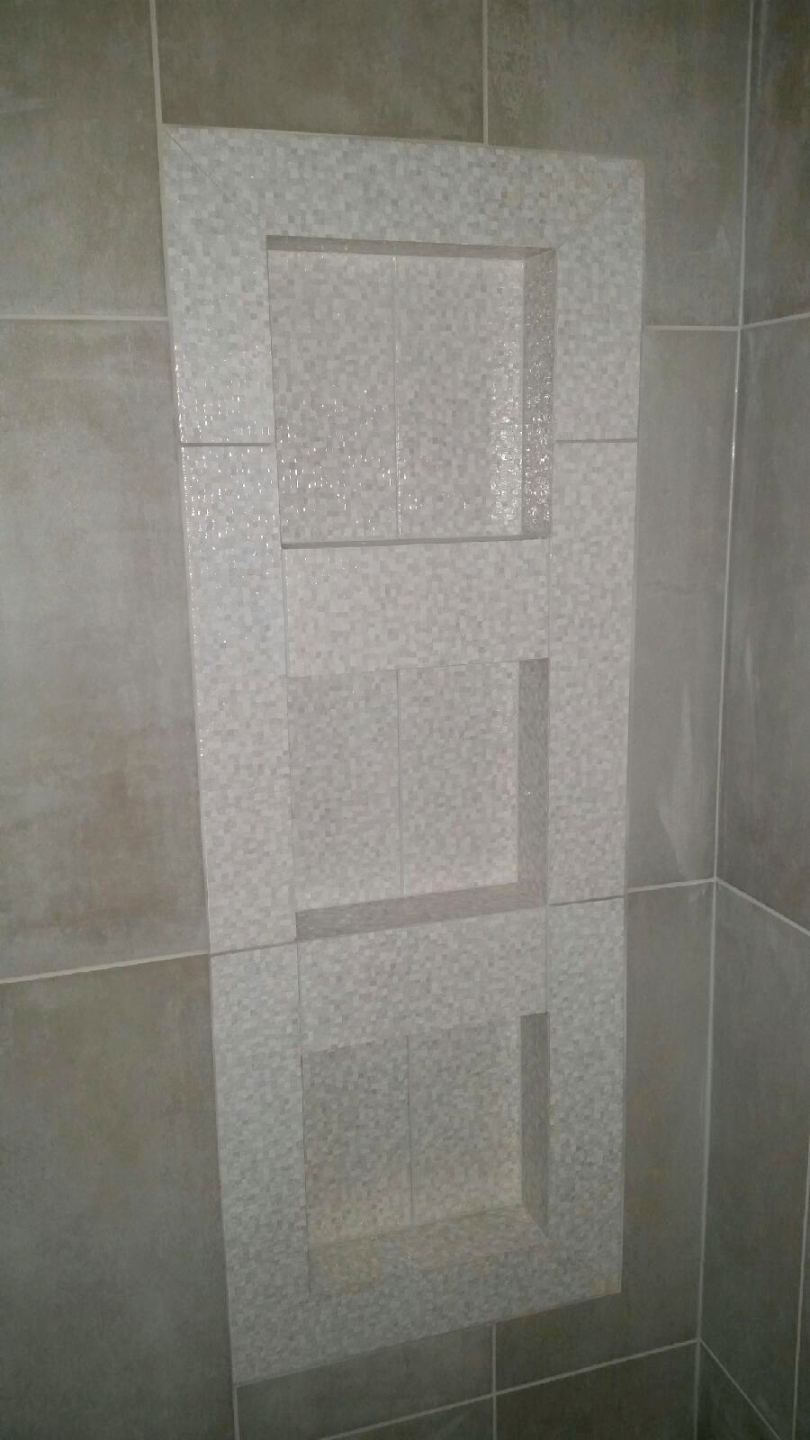While engineered hardwood is now a serious contender in any homeowner's search for the perfect wood floor and has been for quite some time, there are still those that don't think engineered hardwood is a "real" hardwood option. Many believe there is solid hardwood, then there is laminate, case closed.
Engineered hardwood and laminate flooring are two very different species. While there is nothing "real" about laminate, engineered hardwood consists of a solid wood veneer of varying thicknesses depending on the manufacturer, adhered to multiple layers of cross-directional sheets of wood. It is this multi-layer ply that creates the stability of engineered over solid--it's main advantage, aside from using less raw materials, making it more ecologically friendly.
After 23 years in the business, it's amazing to see the shifts and trends in the industry. In the beginning, engineered hardwood was very expensive, and was mostly installed only in concrete homes or in the occasional basement which demanded glue-down installations. Most people preferred the solid option, citing the ability to refinish the floor over and over, and its affordability over engineered at the time. Truth be told, in these 23 years, we have yet to see someone refinish a pre-finished hardwood, be it solid or engineered. We have seen site-finished floors refinished, and the reason for that is you just can't duplicate the factory finish with its consistency and durability. While it's true that a solid hardwood will allow more refinishing than an engineered, hardly anyone seems to do it, especially with handscraped, antiqued, or brushed surfaces that are virtually impossible to duplicate after sanding.
I'm certainly not meaning to poo-poo solid hardwoods--they're equally stunning, but having lived with both solid and engineered, the solid woods do tend to gape in the winter and swell and cup in the summer, although very controlled humidity levels can help with this. Also, with engineereds being in higher demand, there are more of them out there, covering more price points and aesthetic styles. Lastly, if you really like the look of those wide planks, from 6 1/2 to 9" or more, you will never get that in a solid simply because it's just not stable enough to support that width, and it would eat up too much raw material to even try. 5" is basically the limit.
So moral of the story? Trends come and go, styles change and evolve, but solid and engineered are BOTH hardwoods. I've probably defended the engineered option more here because that's what I tend to do in my daily life. It IS hardwood, and outperforms solid hardwood almost any way you cut it. There will always be those who prefer solid hardwood and that is A-OK, but hopefully now, not because it's "real" while engineered is "fake"...
